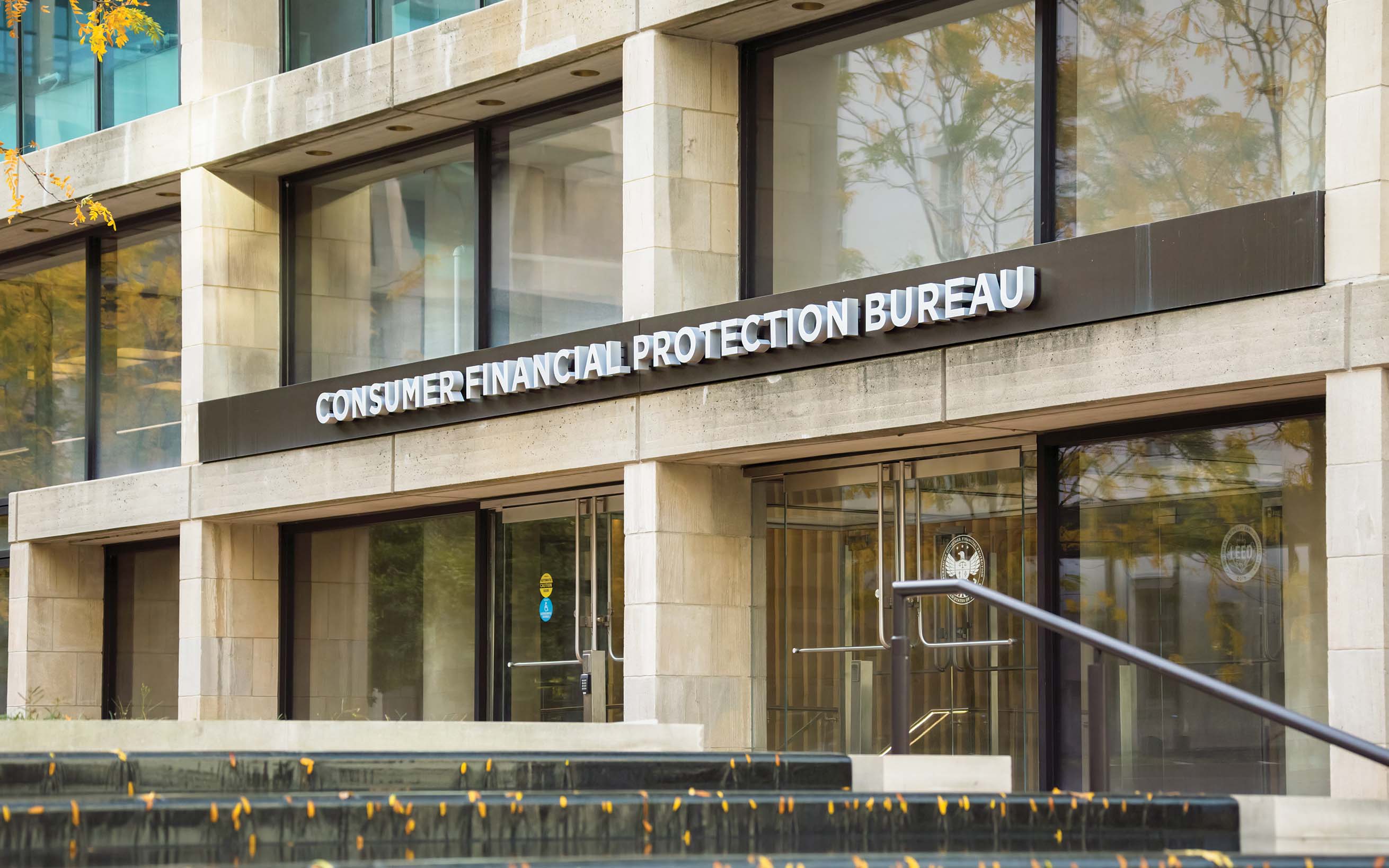What community banks need to know about the Fedwire ISO 20022 switch.
Kari Mitchum: The Fedwire Transitions to ISO 20022
March 01, 2025 / By Kari Mitchum
What community banks need to know about the Fedwire ISO 20022 switch.
The system that banks have long used to communicate with one another is on track to get an upgrade this year. The changes include the introduction of the ISO 20022 standard to Fedwire Funds Service, the Federal Reserve Banks’ real-time electronic funds transfer system.
The globally recognized standard for financial messaging, ISO 20022 facilitates interoperability between financial institutions and provides a “common language” for the exchange of financial information. The standard has yet to be universally adopted, but some banks have been using it for financial transactions like payments, trade service and securities.
The Fed announced its current plans to adopt ISO 20022 for the Fedwire Funds Service in June 2022. The notice outlined the key transition details, including a timeline for implementation. After initially planning to “flip the switch” over to the new system this month, the Fed recently announced a delay in the single-day conversion process until July 14.
What you need to know
Fedwire, which banks use to exchange money through the Fed’s system, is switching to Extensible Markup Language (XML) from its current, proprietary system. Like HTML, XML uses tags—words enclosed in angle brackets—to structure data. It also tags customization to describe specific data.
The ISO 20022 standard will ensure that consistent payment data is formatted and usable across the industry. The standard will effectively “harmonize” the data so it can be more readily transferred into different systems.
All entities will use the same set of rules and data fields to exchange information, which eliminates the need for complex data translations, reduces errors and improves processing speeds.
Put simply, as systems interact, everyone will be putting the same type of data in the same fields. Systems will be able to communicate better, and banks won’t need to use middleware to get their systems in sync. The switch to ISO 20022 will also ensure that common terms are used to describe transactions (for example, payee and payor for check transactions, or debtor and creditor for loans).
Addressing growing pains
As with anything, the switchover to these new systems will take extra effort on the part of community banks that have been using Fedwire since the Fed rolled it out in 1915. The original communication mode for the large-value fund transfers was Morse code messages until the 1930s, when teletype machines were introduced.
Fast-forward to 2025 and the wire transfer system—which moved from telegraph lines to high-speed data in the 1970s and in 2014 to distributed networks—is on the cusp of another significant transformation that will affect community banks. Change is never easy, and it can be especially challenging when the systems in question are deeply embedded in an institution. The good news is the result will be a more streamlined, harmonized system of sharing data across financial institutions.
The switch will also enable faster integrations across systems and help community banks be nimbler and more efficient when it comes to exchanging data. Since FedNow was introduced in the ISO 20022 format, banks have already been somewhat exposed to these standards. This should help ease the transition.
Community banks can start preparing for the inevitable Fedwire switch now. Peer testing is a good starting point for banks, which can work with their processors and other community banks to test the new system. The Fed also offers peer testing, so reach out to industry colleagues to see what peer testing opportunities are available.
This is also a good time to assess your current tech stack and determine what will or won’t fit with the new Fedwire systems. You’re getting an update anyway, so why not take this time to clean out your closet and start fresh? Wires have been around for over 100 years, but do you have old templates that frontline staff use to accept wires for consumers? This is an opportunity to look at all the channels for accepting wires—both back-office and those offered to customers—to make sure they’re efficient and compliant with the new ISO 20022 standards.
The ISO 20022 standard has been in development since 2004, and much of the rest of the world converted to it years ago. CHIPS, the private sector counterpart to Fedwire, successfully adopted it last year. This year marks a significant opportunity to follow suit. It’s also a chance to talk to your technology providers and business partners about how they request data and the opportunity to use ISO 20022. Educate them and make sure any information coming from business customers is prepped and ready for the switchover.
Subscribe now
Sign up for the Independent Banker newsletter to receive twice-monthly emails about new issues and must-read content you might have missed.
Sponsored Content
Featured Webinars
Join ICBA Community
Interested in discussing this and other topics? Network with and learn from your peers with the app designed for community bankers.
Subscribe Today
Sign up for Independent Banker eNews to receive twice-monthly emails that alert you when a new issue drops and highlight must-read content you might have missed.
News Watch Today

Join the Conversation with ICBA Community
ICBA Community is an online platform led by community bankers to foster connections, collaborations, and discussions on industry news, best practices, and regulations, while promoting networking, mentorship, and member feedback to guide future initiatives.












